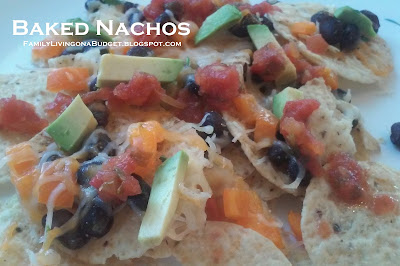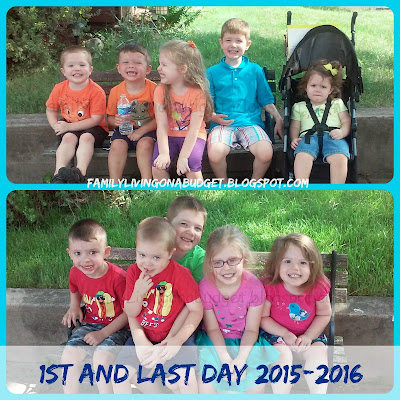 Last week we had fun with the book Dear Mr. Blueberry by Simon James. This book is a series of letters between a little girl and her teacher discussing whales. It's super cute and was already a loved and regularly looked at book.
Last week we had fun with the book Dear Mr. Blueberry by Simon James. This book is a series of letters between a little girl and her teacher discussing whales. It's super cute and was already a loved and regularly looked at book.The first day, I read the book and focused on the letter w (for whale). I gave Wyatt (3) his own letter W book. For our letter craft, we made the whales shown to side. The white base is regular printer paper. I cut out the simple whale shape from blue construction paper. The kids glued the whales down, found their W tail fins from an assortment of foam letters I have acquired
(If I were ordering new ones, I'd order these), glued on tissue paper for the water, added googly eyes, drew a mouth, and folded half a iridescent white pipe cleaner into a "W" shape. I glued the pipe cleaners on with felt glue, because that's what I had on hand, but I was planning to use tacky glue.
We also took a look at how long a blue whale is and how big Emily's pond would have to be to hold him. We took chalk and a yard stick to our sidewalk and marked out every three feet. I had the kids count by 3s for the first several, but when they started to lose interest I asked them to mark where they thought 100 feet would be. Some of their guesses are shown below; the thick blue line marks 100 feet. It was fun watching them come up with multiple techniques to make their guesses. Zeke (7) was definitely the ring leader helping everyone while I continued to mark. If I were to do this with only younger kids, I would have shown them what a foot looked like, had them guess and then used a tape measure or rope to find 100 much faster. I purposely chose the yard stick to give the older ones time to watch it unfold and really think about it.
 We then went back inside and took a closer look at how blue whales filter their food (mostly krill) through their baleen plates. I placed shredded cheese in a bowl of cool water and had the kids use a basic comb to scoop out the cheese while allowing the water to drain out. Thanks to Learning is Messy for this awesome idea.
We then went back inside and took a closer look at how blue whales filter their food (mostly krill) through their baleen plates. I placed shredded cheese in a bowl of cool water and had the kids use a basic comb to scoop out the cheese while allowing the water to drain out. Thanks to Learning is Messy for this awesome idea. The second day, I read the book and talked about letter writing. This activity was primarily chosen for Zeke, but everyone participated at their level. Wyatt's focus was signing his name. I found this free letter writing template that made it easier teaching all my kids at the same time. A quick search on pinterest will give you more options, but I liked that this one was so basic.
I was gone during the day for the rest of the week, so we stopped there, but my other thoughts involved a whale craft made from a paper bag. Simply tie off the end to form the tail, paint it blue, then add eyes and a mouth. Here is a link to a pinterest search if you want a visual.
I've since done some additional work with my oldest on letter writing and addressing an envelope. This would also be a good time to visit your local post office. Our post office requested about 1-2 weeks notice for a small group last time we went. The kids had so much fun seeing how the mail is processed and sorted.






























